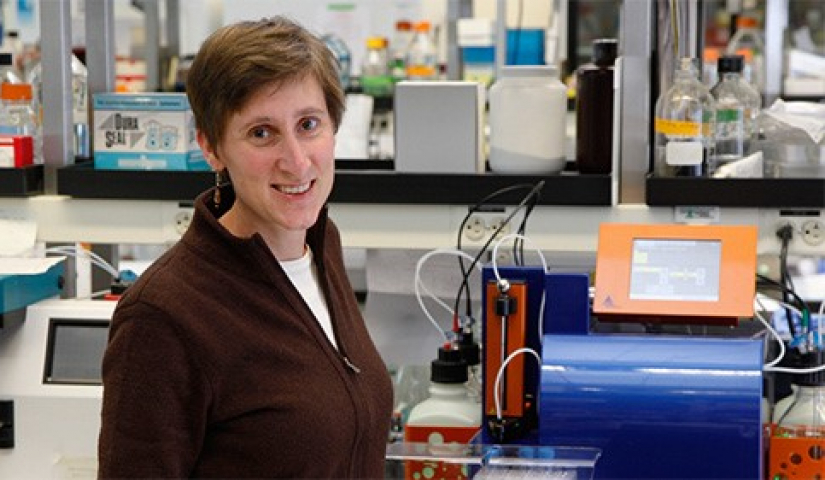
Study illustrates important role of participants in placebo arm of TrialNet studies
In a two-year study wrapping up at year's end, frozen blood samples from previous TrialNet study participants who did not receive the study drug played a starring role.
Most research trials have two arms–a treatment group and a control group. The treatment group gets the study drug, while the control group gets a placebo (looks like the study drug but has no active ingredient). A computer randomly assigns participants to one of these groups. No one knows who is in which group –not even the study staff–until the end of the study.
This study, "Defining immunological markers of B-cell decline during the first two years post T1D onset," relied on frozen blood samples from 48 participants in the control of three trials (Abatacept, Rituxamab, and MMF/DZB) that spanned a 12-year period. All three trials were for people newly diagnosed with type 1 diabetes and required participants to start the study within 100 days of diagnosis.
"Samples from a range of people at different stages of disease are incredibly useful, enabling us to better understand disease progression," explains Co-Principal Investigator Alice Long, PhD. "The preserved samples from a clinical trial provide a much more consistent and clinically defined population."
For this study, Long and her colleagues examined the blood samples from the same participants at four different time points–start of the trial, 1 month, 1 year, and 18 months–exploring change over time. "Some people lose C-Peptide quickly, others slowly," says Dr. Long. "We want to know why–what's changing and what's going on immunologically." C-Peptide indicates the number of remaining beta cells, and consequently, the body's ability to keep making insulin.
Typically, a research study addresses just one question. What makes this study unique is three different researchers with individual expertise are studying the samples to try to answer different questions and then put together their findings. Type 1 diabetes may rely on immune interactions, and this is the first study to address that by looking at different immune pathways on the same samples.
Dr. Long at Benaroya Research Institute at Virginia Mason (BRI) in Seattle, Washington, is studying B-cells and regulatory T-cells (what they look like). Jeffrey Bluestone, PhD, Co-Principal Investigator, is looking at regulatory T-cells (how well they function) at University of California San Francisco. From Kings College in London, Mark Peakman, PhD, Lead Principal Investigator and TrialNet Director of Ancillary Studies, is focusing on CD8 T-cells, known to exclusively attack pancreatic islets.
"We are working as a team, making every effort to get all the information we can," states Dr. Peakman. "We chose to look at each one of these cells because we know they are ones that change with long-standing type 1 diabetes. Going in collectively, we increase our odds of seeing correlations between slow and fast progressors (rate of beta cell decline)."
Having completed their experiments, researchers are now doing individual analysis. Next, they will review the "unblinded" results together and try to answer additional questions. Be sure to watch for study results in an upcoming issue of this newsletter.
TrialNet Co-Principal Investigator Alice Long, PhD, at BRI in Seattle, Washington, is part of a team of researchers using frozen blood samples from previous TrialNet study participants to learn more about immune pathways in type 1 diabetes.




